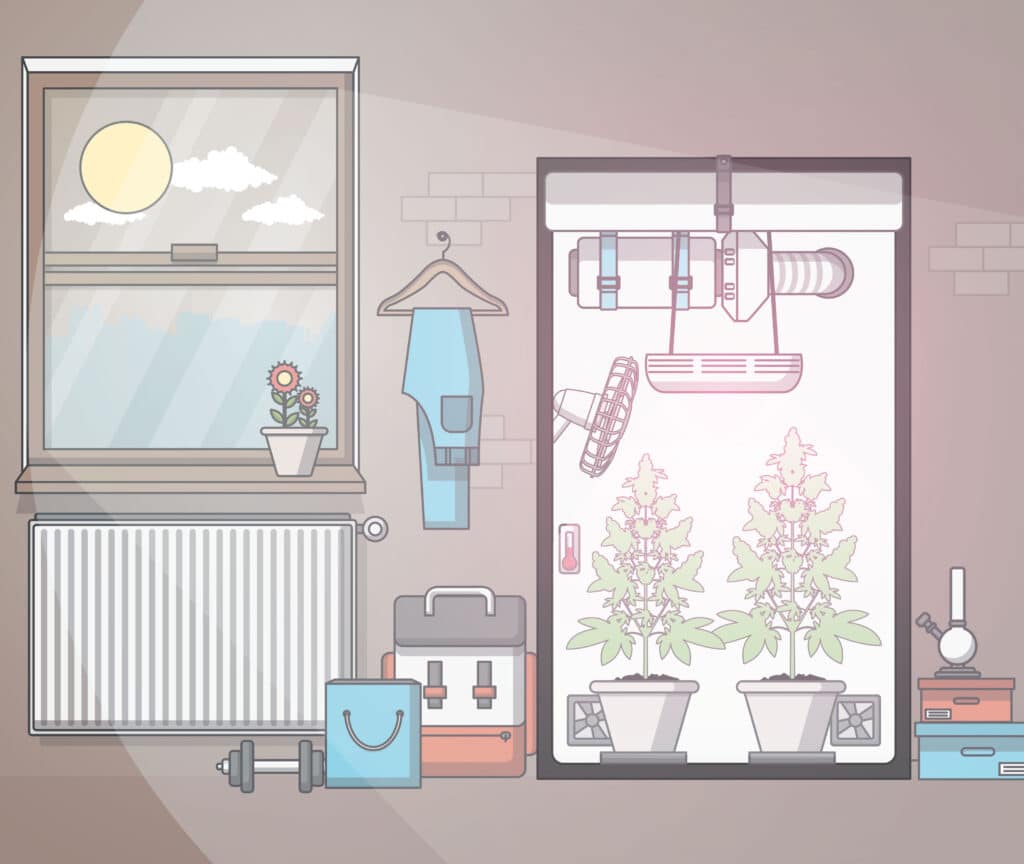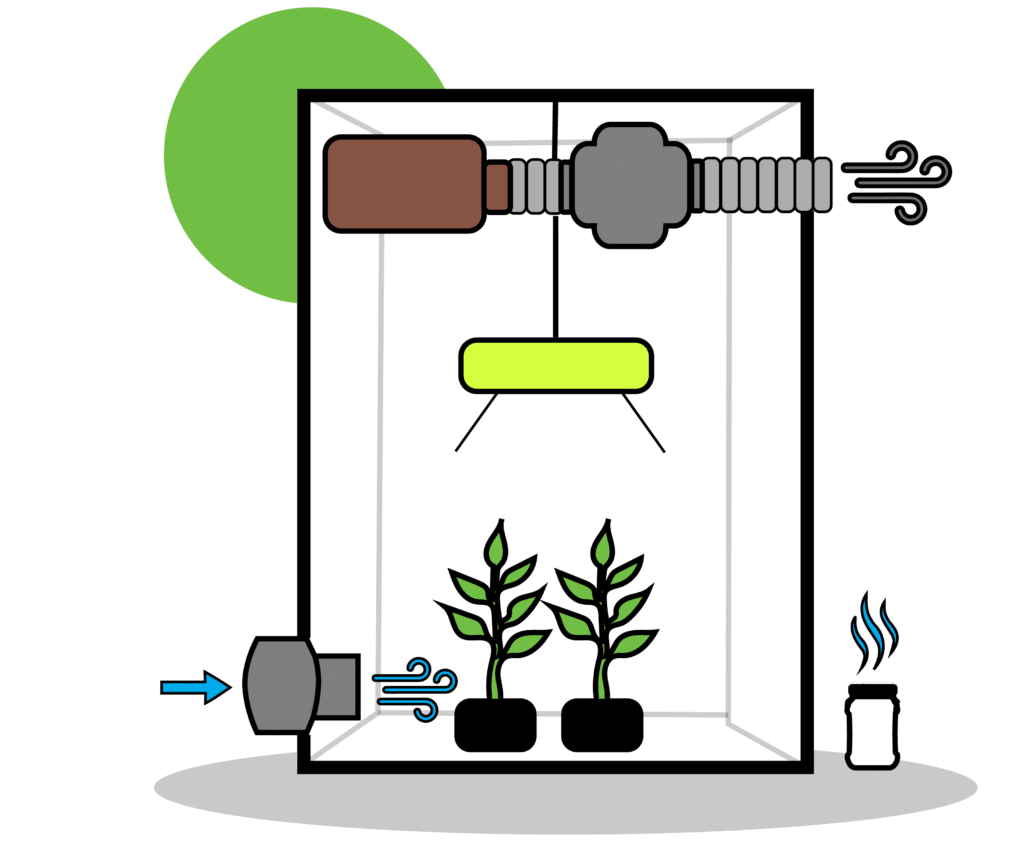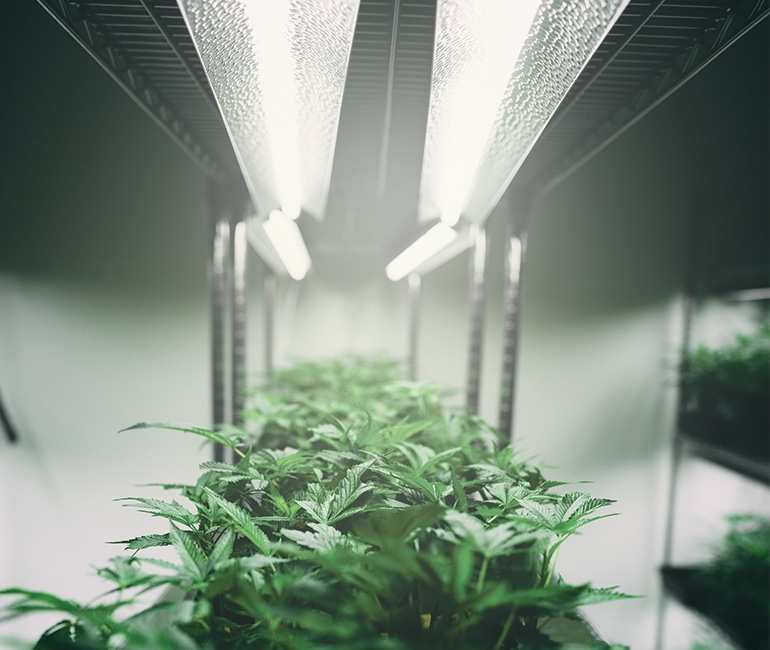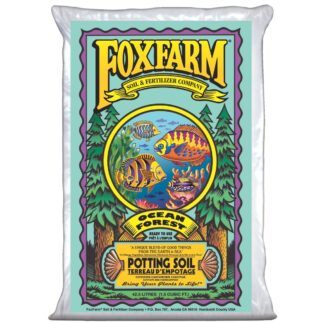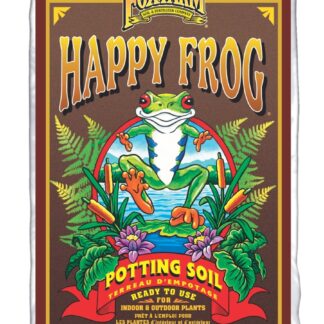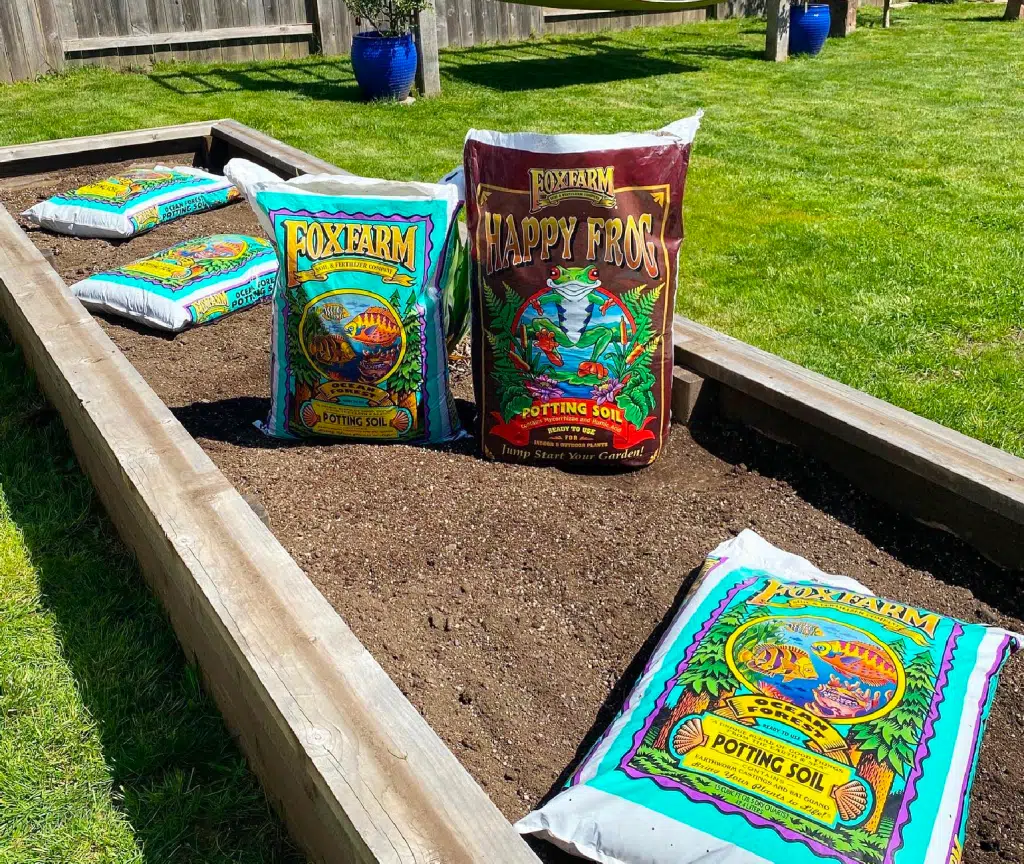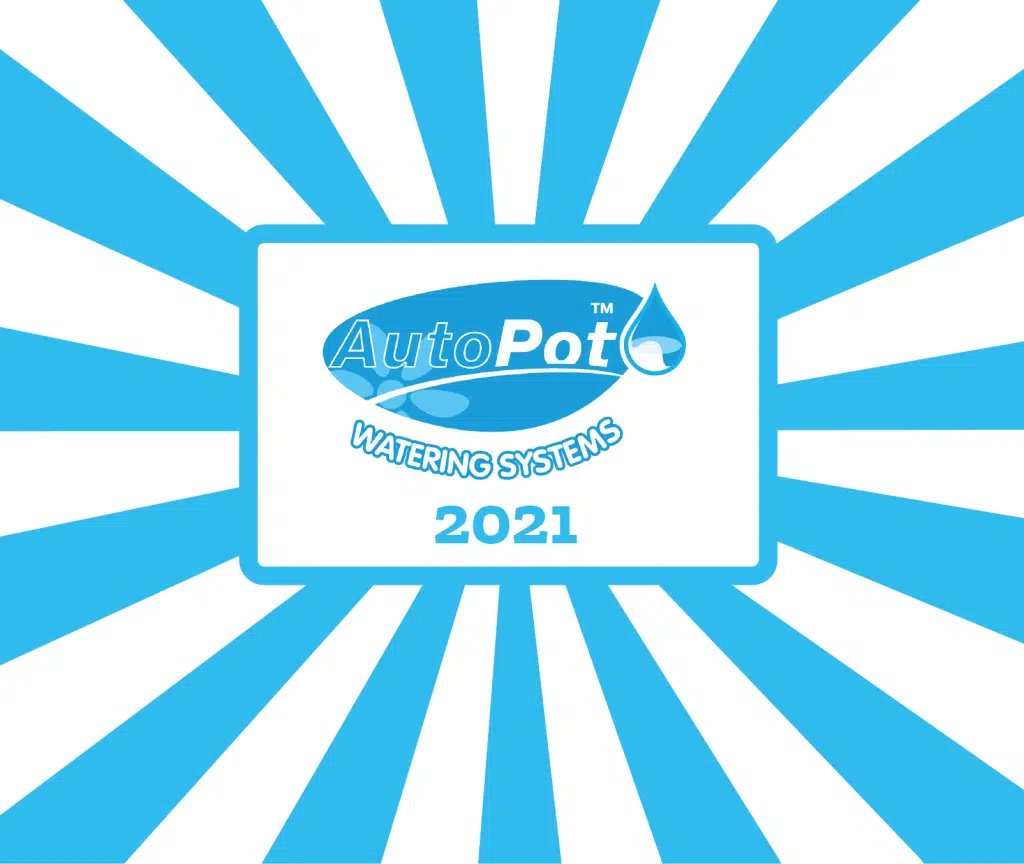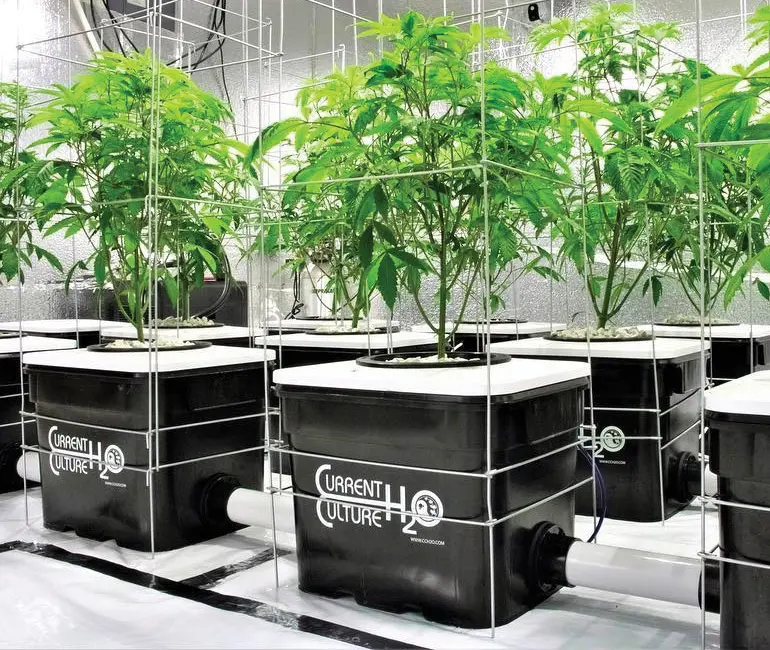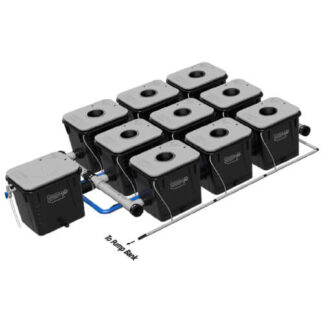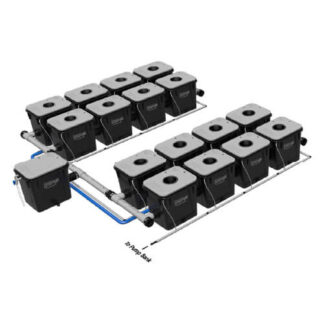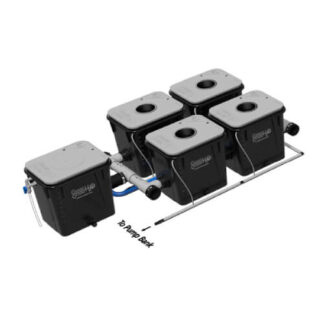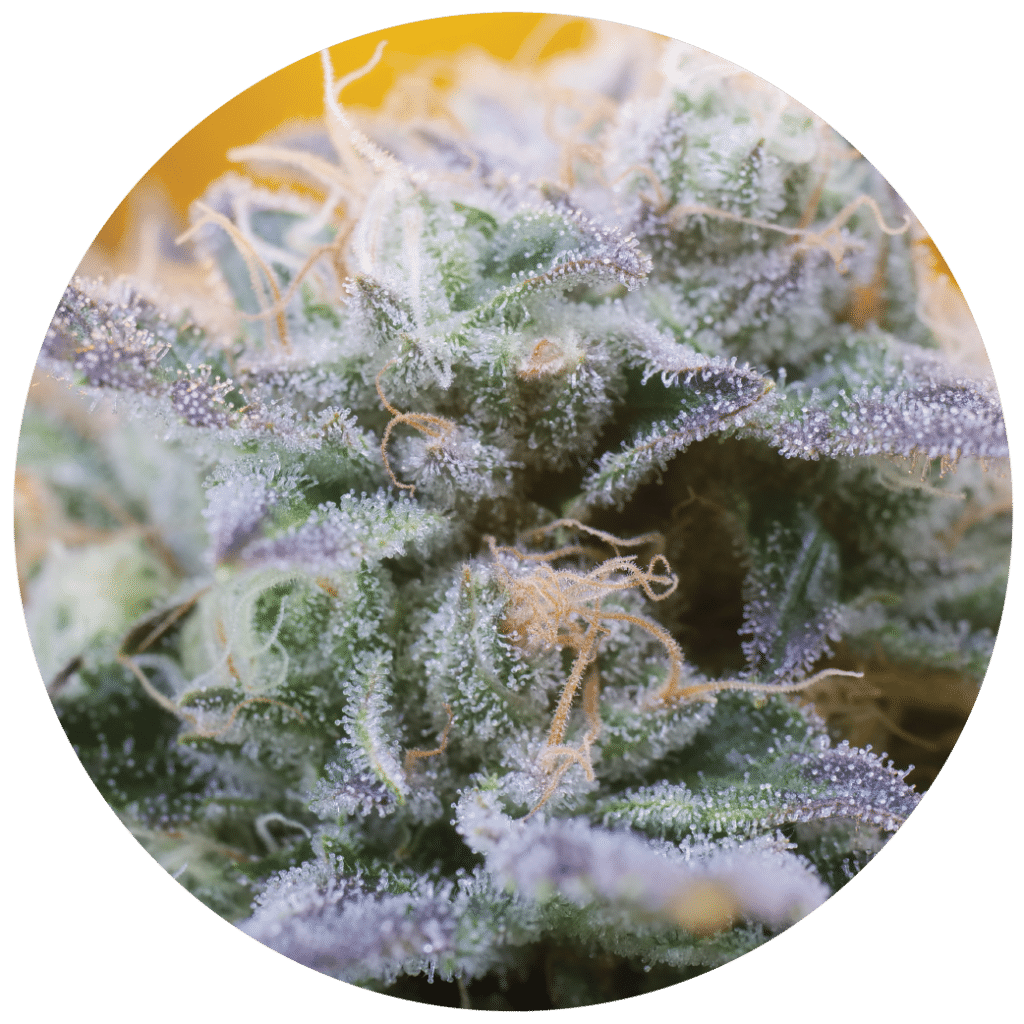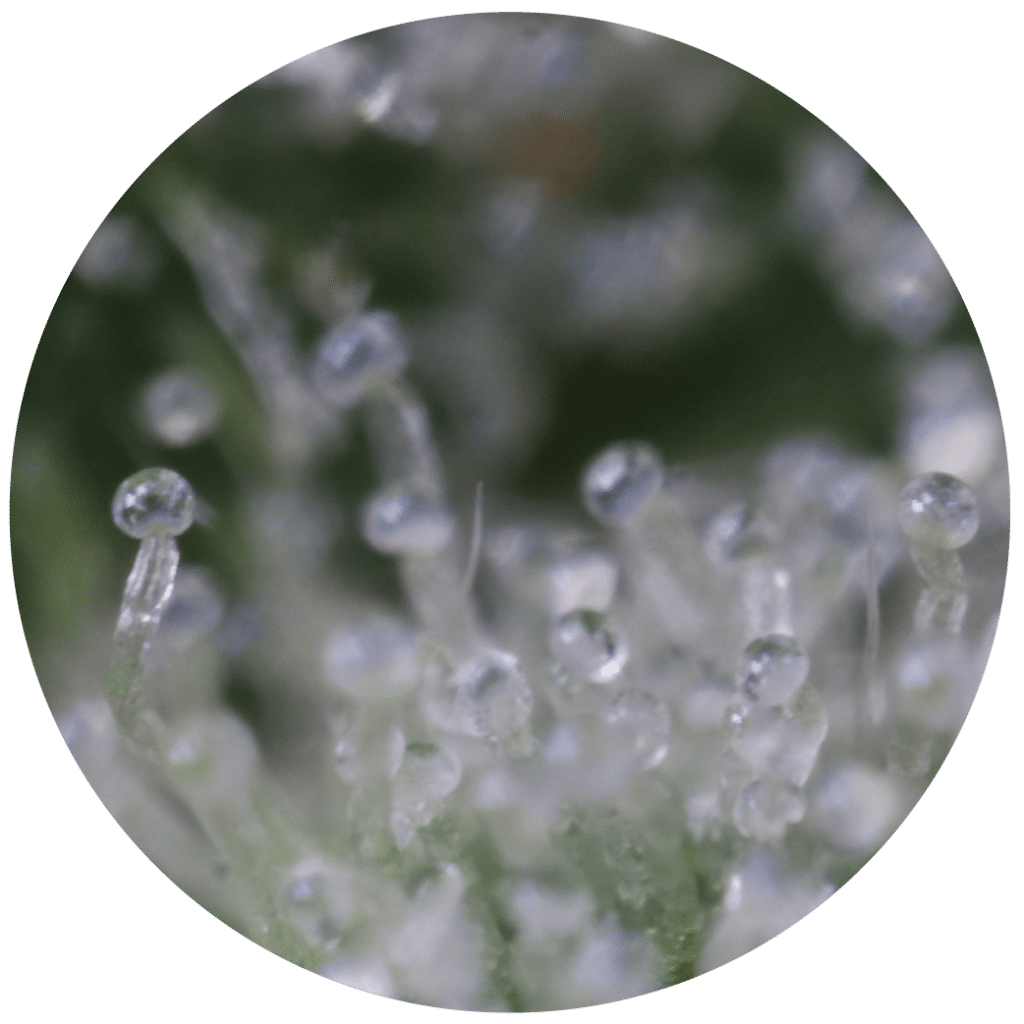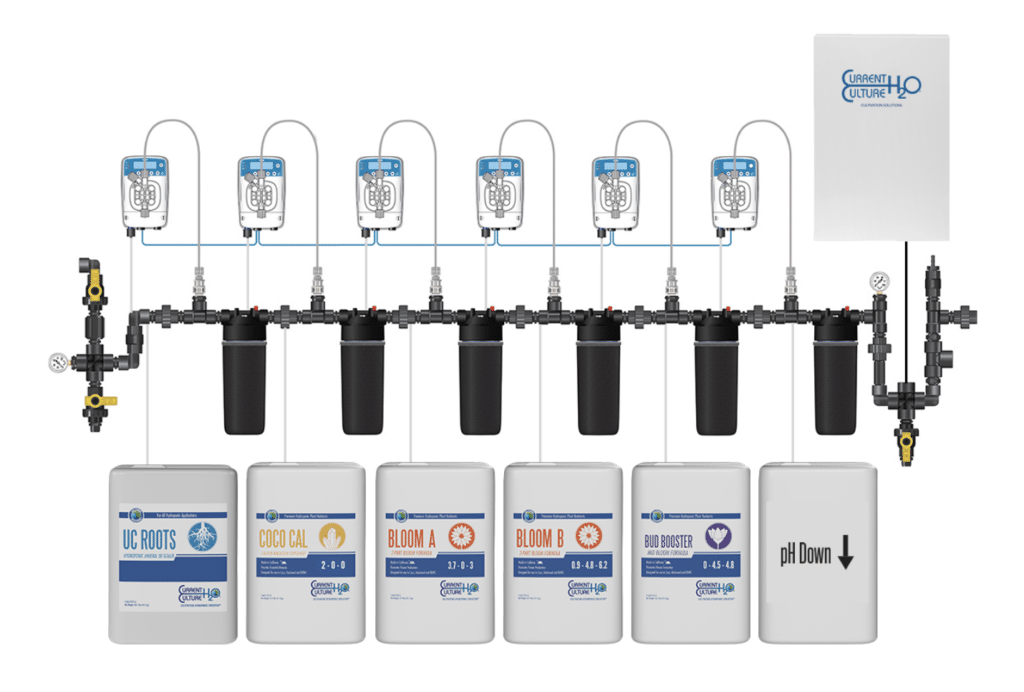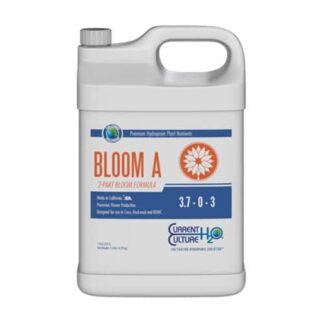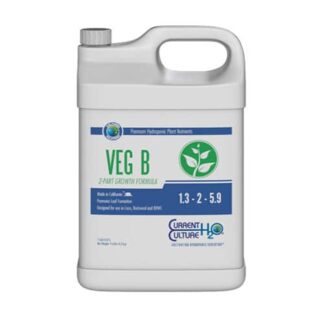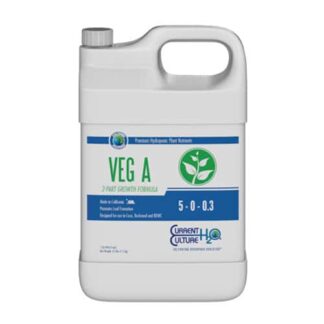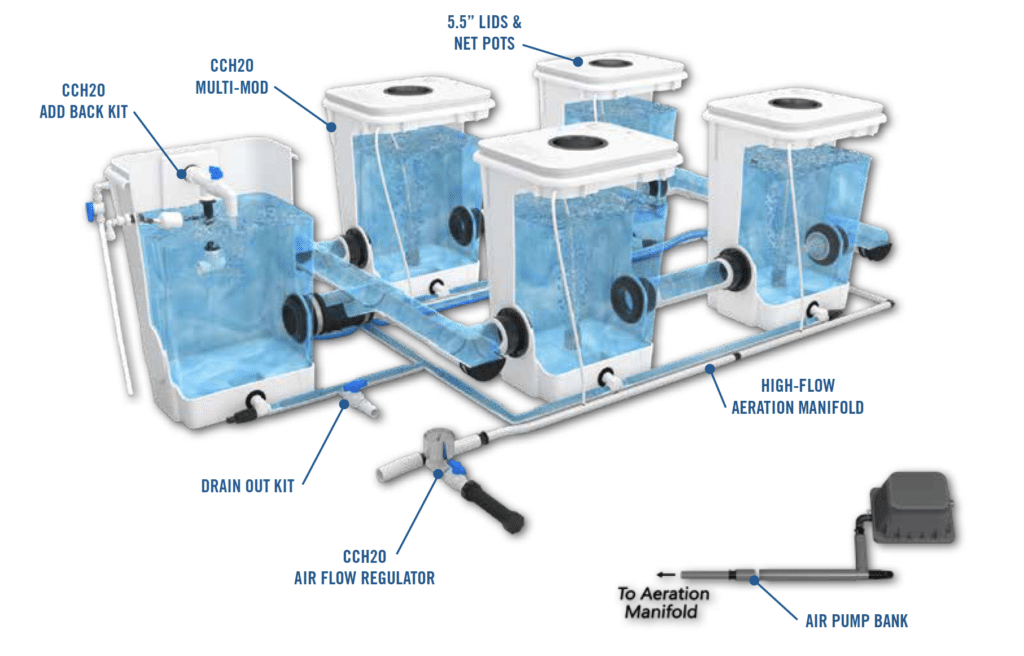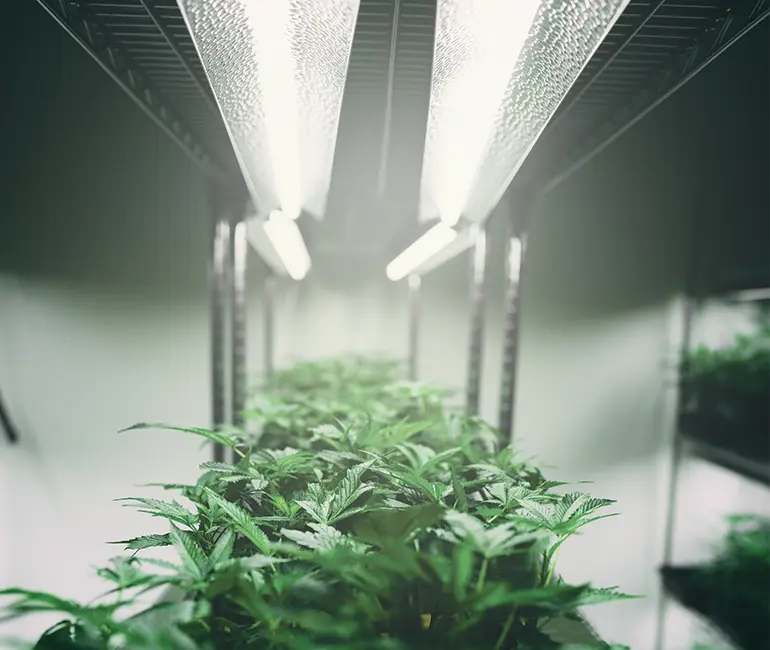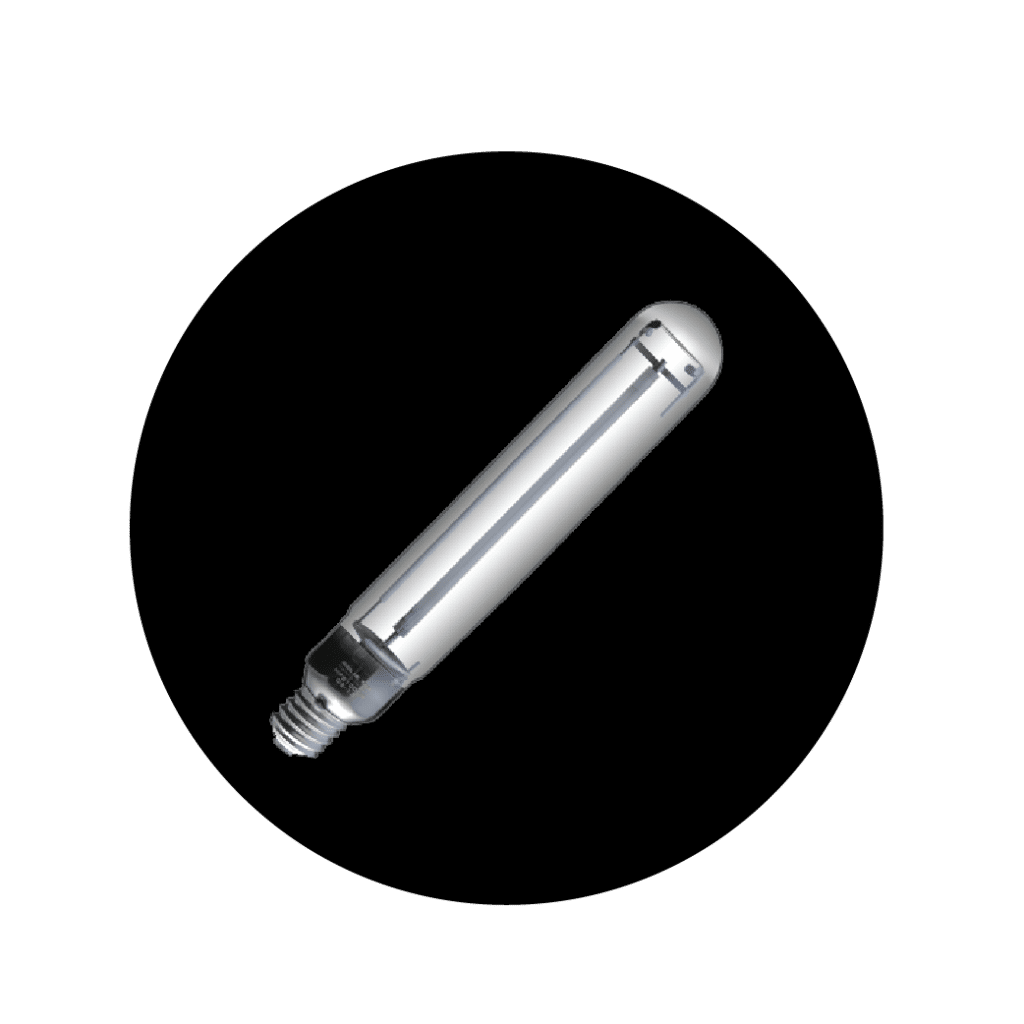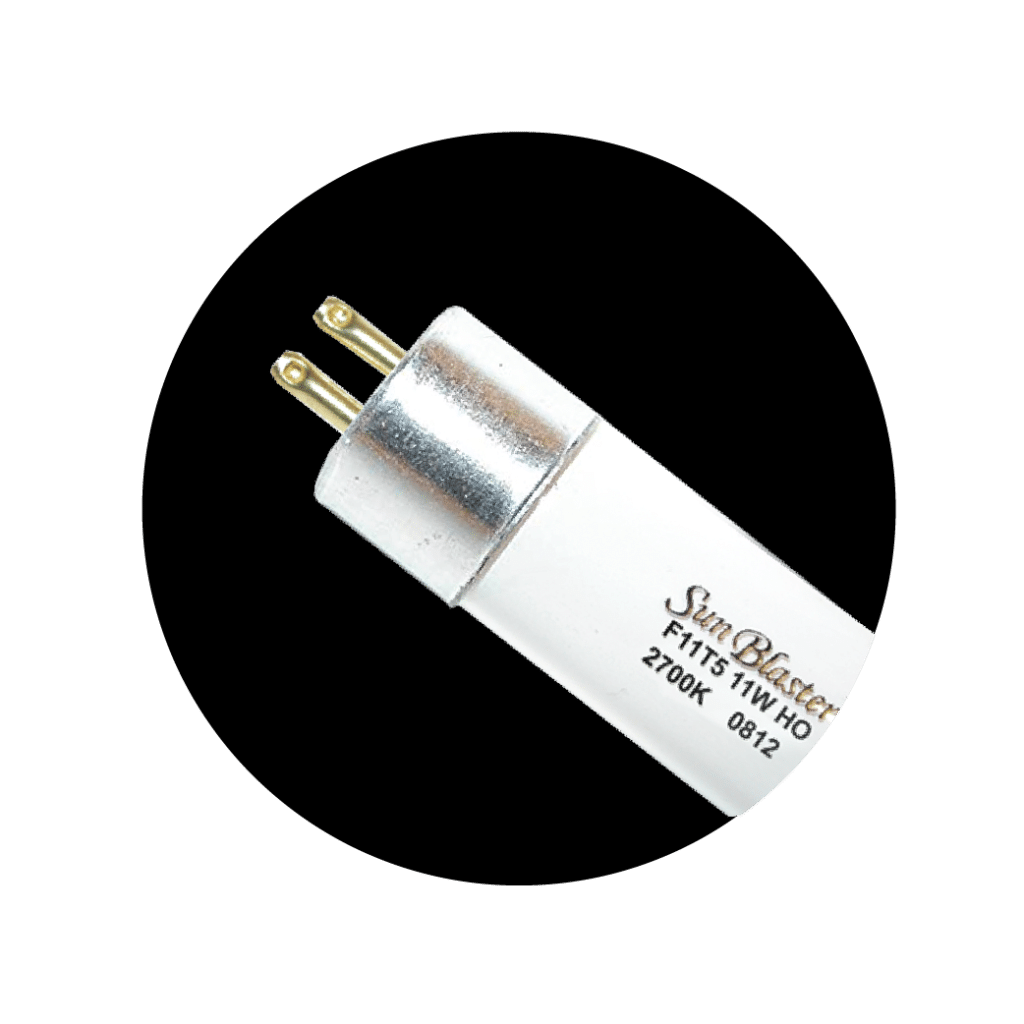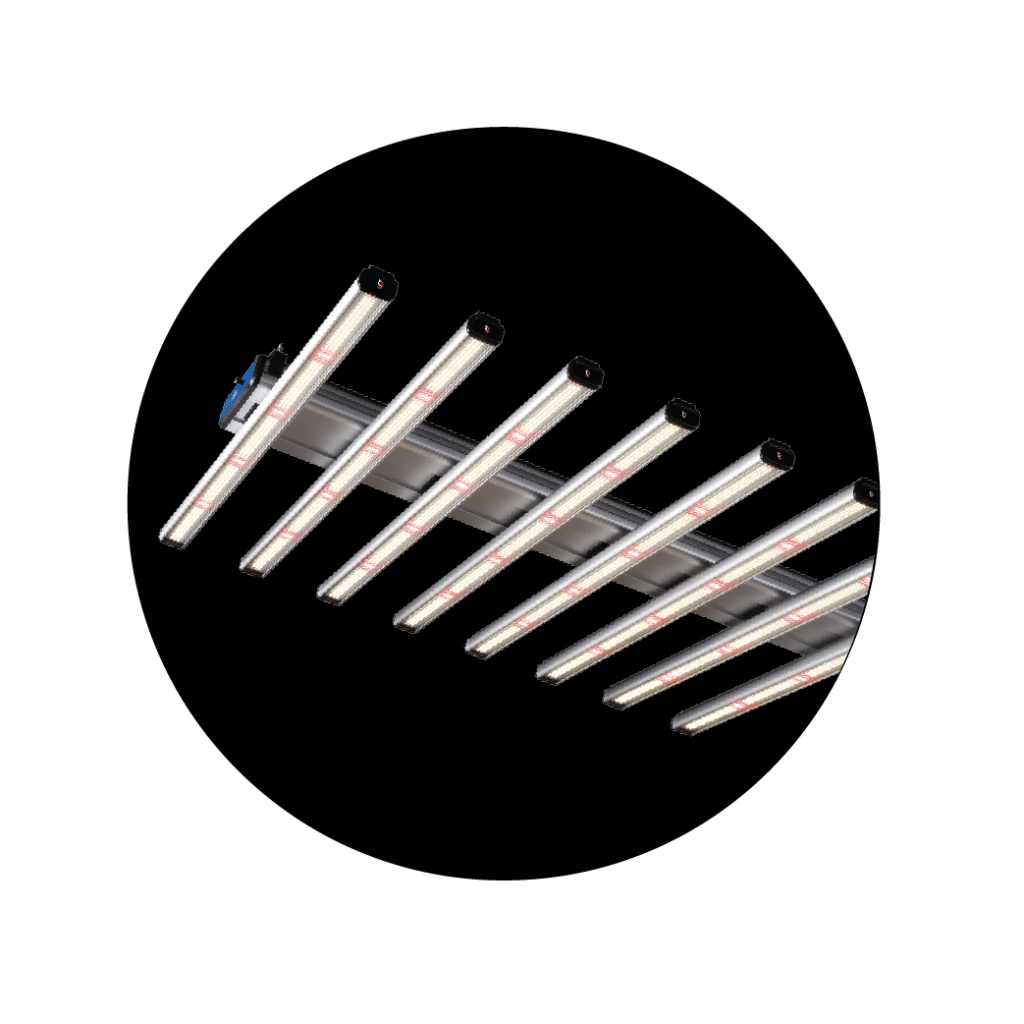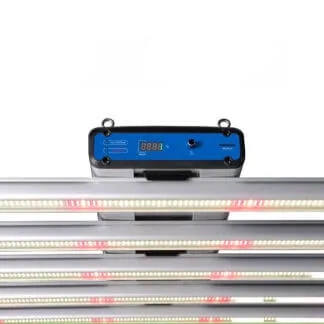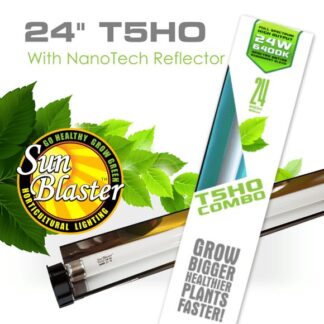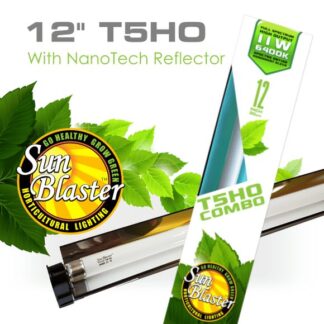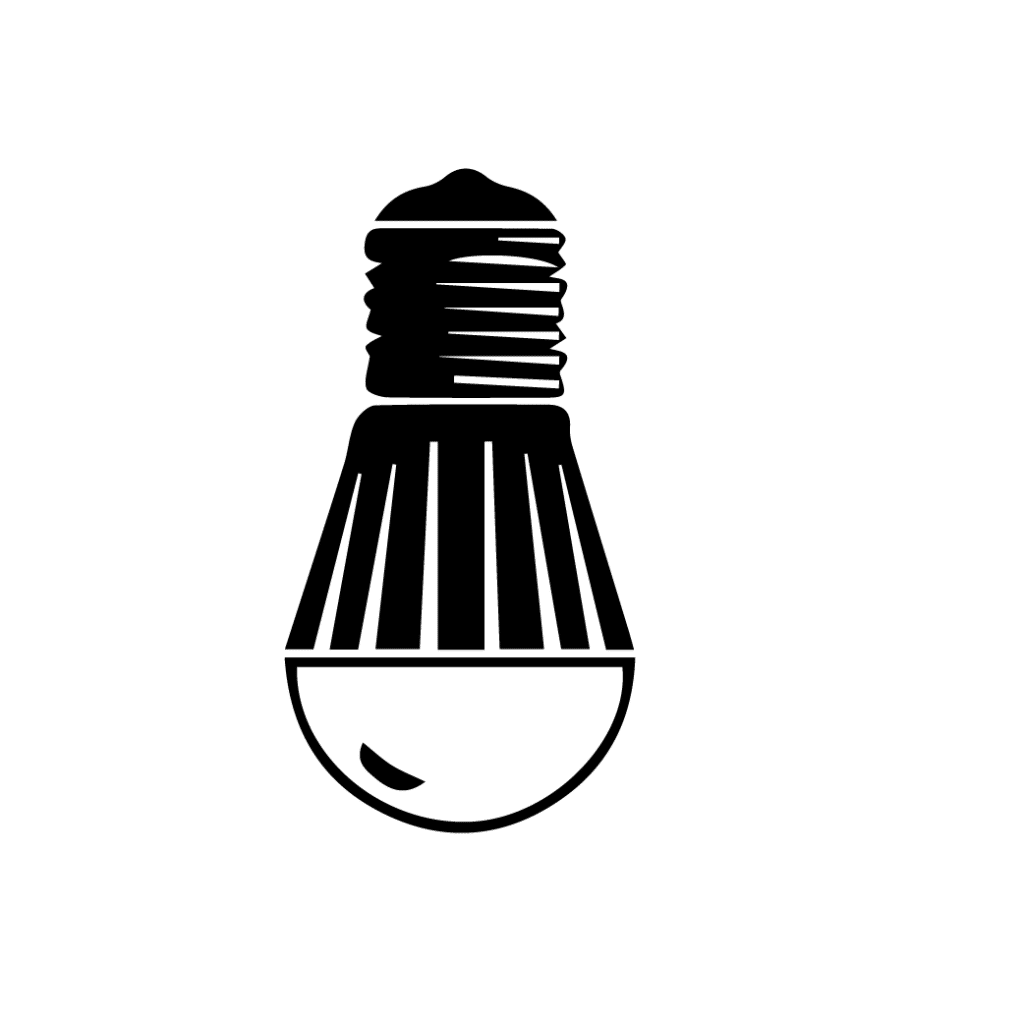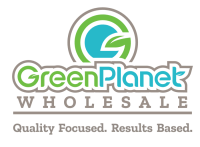How to Grow Successfully in Soil, Coco and Hydroponics
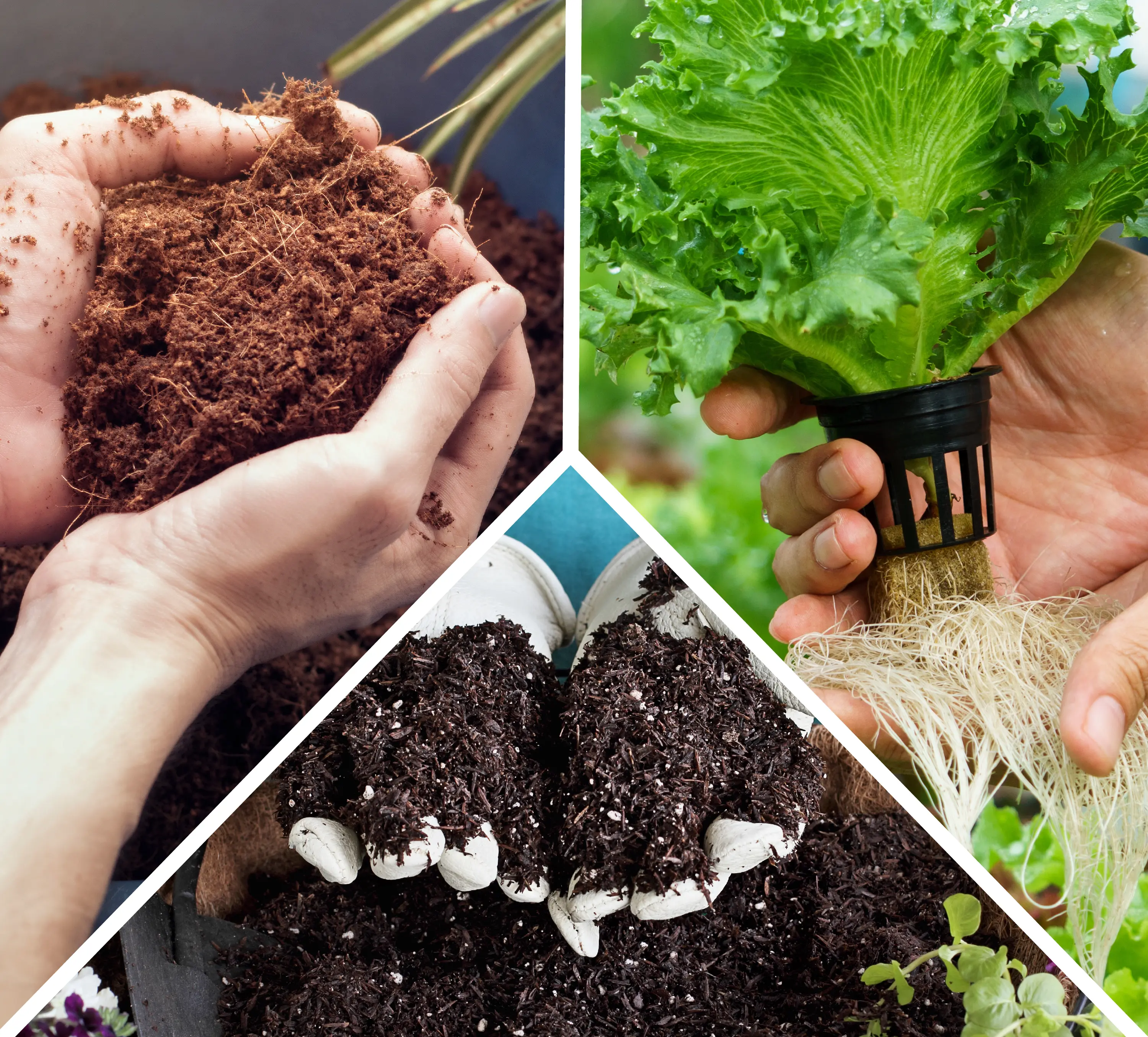
As a beginner, committing to a growing system, whether it be in soil, coco or hydroponics can be a daunting and complicated task. However, while aspects of growing systems may appear difficult, there are simple steps and processes that can be researched, mastered and put to the test upon entry into the world of indoor growing. If you’re thinking about getting started, or, just want to brush up on some tips and tricks, follow the article below on skills that will lead any gardener towards a successful harvest in soil, coco and hydroponics.
Need help setting up your garden? Read our series of blogs on creating the perfect environment.
Consider Your Method, Experience and Equipment
After you’ve assembled the internal workings of your garden, it’s time to choose a method of cultivation. When choosing this method, consider a few things before committing to a specific system in the garden. For example, rely on your experience, basic knowledge and available equipment to guide you towards the “right” system. For the highest rate of success, it’s recommended that novice growers stick to the basics. In this case, the “basics” could be described as a minimalists approach in the garden and may require a smaller investment as opposed to more complicated systems. So, if your just beginning your long career as a cultivator, mediums like pre-amended soil or peat moss will be your best bet for early and headache-free success. If you’re experienced, but like to take a relaxed approach in the garden, browse our selection of pre-amended soils like Fox Farm Happy Frog and Ocean Forest potting soils.
On the other hand, if you’ve had multiple successes in the garden over the years, more complex systems of growing, such as coco, rockwool or hydroponics, shouldn’t prove to be too much of a challenge. Keep in mind, however, that more intricate systems usually involve advanced equipment. For example, a completely water-based hydroponic garden typically requires the use of digital measuring and stabilizing equipment like pH monitors, PPM/TDS testing kits and automatic water-chillers. So, while the potential benefits of an advanced system are immense, keep in mind that the investments of time, research and equipment are fundamental to the success of a technologically inclined garden. With these considerations, let’s look at some of the most popular types of gardens in the industry, and discuss some simple tips that guide growers towards a successful harvest.
Growing in Soil and Peat Moss
As stated above, growing in a dirt-based medium like potting soil or peat moss is perhaps the easiest way for beginners to utilize, develop and experience success in the garden. While it may be the “easiest” method of gardening, soil gardens can experience misconduct, and later, failure. So, to ensure growing is one of the more positive experiences in life, read the list below for tips on growing in soil and peat moss:
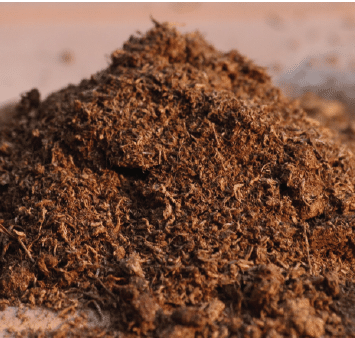
- Invest in a high-quality potting soil, and read the “ingredients list”. Good potting soils will contain a pH buffering agent, like dolomite lime or oyster shell flour, and typically house inherent materials like worm casting, rock dust and perlite.
- Irrigate peat moss at a pH range of 6.0 – 6.5.
- Saturate soil in buckets until “run-off”. Water your plants until 10-20% of the irrigated water runs out of the bottom of your pots.
- If possible, irrigate plants with cool or room temperature water.
- Wait until the soil is dry and light before saturating again.
Growing in Coco Coir
Coco coir occupies the grey area of media between soil/soilless and hydroponic gardening. While it may feel like a soil, coco acts and performs much like a hydroponic system. The following list is comprised of simple tips and considerations for growers in coco:
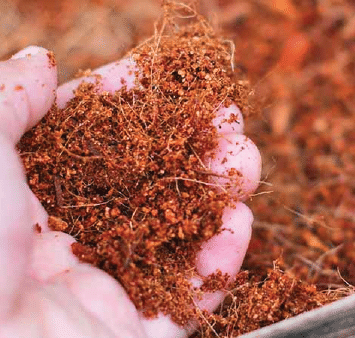
- Coco can be purchased in brick and/or in loose form, such as Royal Gold Coco. Bricks may cost less, but they require the gardener to expand the coco in bulk. Want to speed up the expanding process? Try using hot water!
- “Pre-charge” your coco coir with a low dose of nutrients and a calcium-magnesium supplement before transplanting. Try GreenPlanet Nutrients Pro Cal for the best results!
- Continue to use high doses of calcium-magnesium supplements during vegetative and flowering growth.
- Irrigate coco coir at a pH range of 5.8 – 6.2.
- Much like soil systems in a drain to waste garden, water coco coir until “run-off”.
- Treat your garden like a hydroponic system. While in the flowering period, coco may require several irrigation cycles a day; so, to ensure the root-zone always has enough to drink, consider automating your watering system.
Growing in Hydroponics
While having the greatest potential for impressive yields, hydroponic gardens can be the most challenging to manage. For tips on optimizing the inputs of your hydroponic garden, follow the list below:
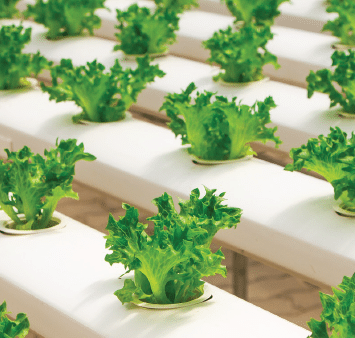
- Choose one of the following popular hydroponic systems: flood and drain (ebb & flow), drip irrigation, aeroponics, deep water culture (DWC).
- Invest in a high-quality, concentrated and water-soluble fertilizer.
- Buffer your recirculating reservoir to a pH range between 5.8 – 6.2; and, to make sure your pH is stable, constantly monitor the pH of your reservoir.
- Invest in equipment to manage the inputs of your garden. For the latest in technology, browse GreenPlanet’s selection of TrolMaster’s monitoring solutions.
- Keep a stable water temperature of approximately 65 degrees Fahrenheit. To maintain an adequate water temperature, consider investing in a water-chiller.
- Research your system, and choose the plant genetics that performs the best under specific conditions. For example, if you want to grow large plants in a DWC system, pick plants that are capable of growing to massive heights.
Whatever your plans are for your garden, the team at GreenPlanet Wholesale is here to help! For more information about the products mentioned above, please contact GreenPlanet Wholesale directly. For all other inquiries about products and services offered by GreenPlanet Wholesale, contact our team or your local garden supply store for more information.
Latest News And Announcements
- A Closer Look at Products from FoxFarm Soil and Fertilizer CompanyFoxFarm Soil and Fertilizer company has consistently manufactured high-quality soils and nutrient systems for years by combining tested production methods with the wisdom and power… Read more: A Closer Look at Products from FoxFarm Soil and Fertilizer Company
- 2021 Highlights: AutoPot Watering SystemsIt’s been a great year for cultivators growing in AutoPot Watering Systems! Not only have our partners at AutoPot revolutionized the way we garden, but… Read more: 2021 Highlights: AutoPot Watering Systems
- Fish Sh!t: The Organic Supplement Proven to Increase Terpene and Cannabinoid ContentWelcome to the Sh!t show – that is, a show about the latest and most innovative microbial supplement on the market. Well, not really a… Read more: Fish Sh!t: The Organic Supplement Proven to Increase Terpene and Cannabinoid Content


